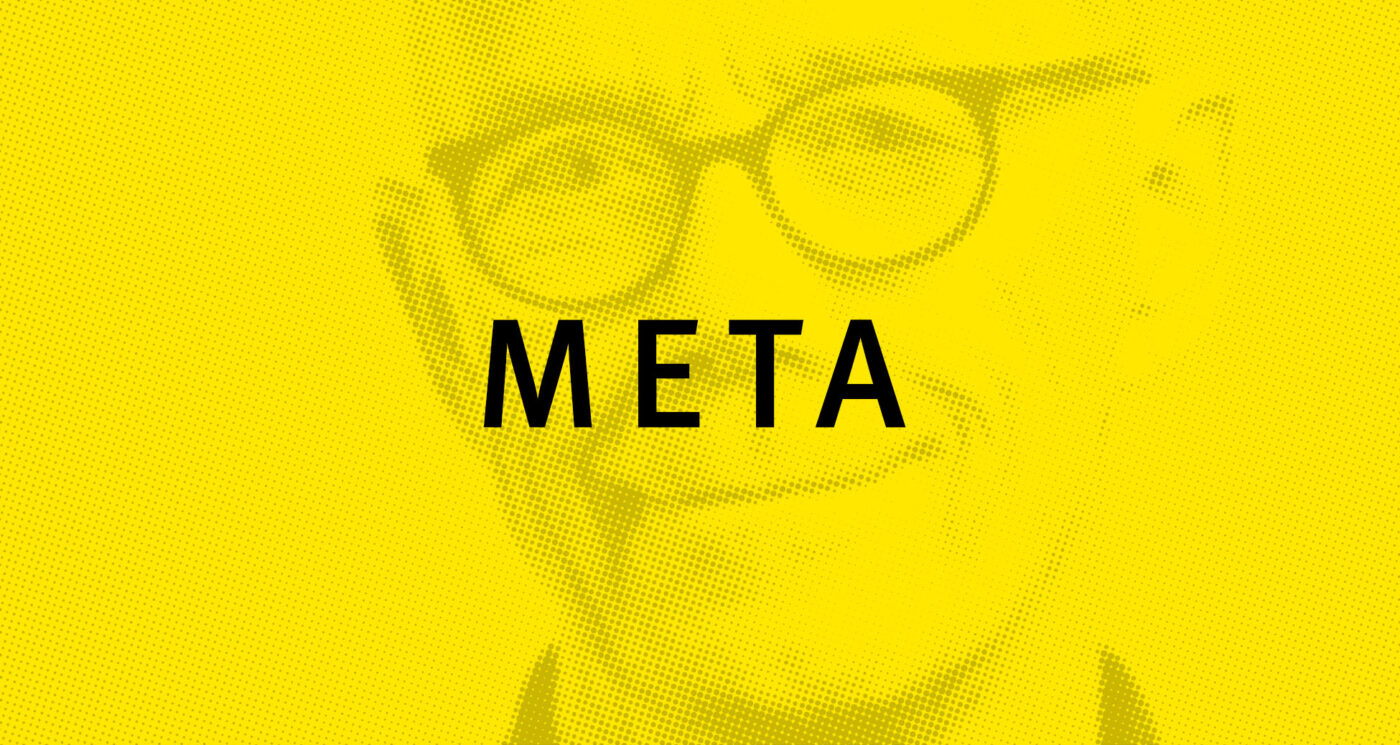France
Paris
Welcome to
Something is useful if it serves a purpose or a person, or if it satisfies a need or creates the conditions for a need to be satisfied. An individual can be useful. So can an object. So can a service. All kinds of things can be useful, and all kinds of other things can be useless; something that is useful for one person may seem useless to someone else. So who is the judge of what is useful? And what criteria make it possible to judge?
To understand usefulness, it is interesting to observe how we define it over the course of a lifetime.
As children, usefulness opens up the field of possibilities. We constantly ask ourselves, “Why?” and “What’s that for?” These two questions shape our worldview, our understanding of what surrounds us, and the future we wish to create. The main criteria for assessing usefulness are logic, common sense and ideals.
As adults, usefulness becomes a means to an end. “How?” and “Why do that?” are the questions that guide us. We study for a career. We work to get paid. We make a life for ourselves in order to leave a legacy. The criteria for assessing how useful something is include how much time it will save, how well it performs, whether or not it can make money, and what kind of legacy it will leave.
The shift from childhood into adulthood turns our field of possibilities into a life path which is all mapped out.

It is a chance to ask ourselves the questions that we stopped asking. It has made us realise that we can no longer carry on as before.
So the “downtime” opens the door to three opportunities. One is to create an ideal world with the aid of logic and common sense. Another is to establish new criteria for usefulness, criteria which define usefulness as whatever enables us to improve society, to contribute to the well-being of humanity or to preserve the planet. Finally, we have the opportunity to act collectively, since we have realised that we cannot succeed on our own.
Some brands have already led the way, proving to us that it is possible. Too Good To Go is putting an end to food waste. Yuka is encouraging manufacturers to offer healthier recipes. Farmers’ drive-through stores are helping consumers to eat locally. Engie is rewarding those who consume less energy. Daddy is getting rid of its plastic packaging. Patagonia is repairing damaged products.
Others want to follow this new road as well, making use of their resources and their visibility to serve the world of the future. But how can brands achieve this?



Design is an extension of usefulness. What links them is the task and intention they both share: to make everyday life easier and thereby facilitate change. Design is a tool for transformation, and it makes usefulness visible and tangible. In a way, it is the voice of a brand’s commitment, which means it can help to raise consumer awareness and thereby create change, a positive action that may lead to progress.
So for the brands, what we’re talking about is designing business models that make it easy to change our behaviour, by getting citizens involved in the effort. So we need to design positioning that motivates people to make a positive impact. We also have to design identities that have a beneficial influence. And we need to design products and services that embody this new approach.
That means designing useful things, with honesty, flexibility and commitment.